We apologize for the delayed response but unfortunately all our advisors studied your photo and agreed that a positive identification from a single leaf is too challenging to be sure. However, rose of Sharon, Hibiscus syriacus, is prone to fungal and bacterial diseases. If there are not too many, clip off any leaves with spots and dispose in the trash and do the same with any fallen leaves. Also make sure the plant is in soil with good drainage and watered regularly so that it is moist but not soggy, in full sun and feed with a slow release or organic fertilizer formulated for blooming shrubs. Remove and destroy any leaves with spots. Also remove and destroy any leaves that have fallen around the base of the bush. If the problem is extensive, and it has been confirmed that this is likely a fungal disease, treat the bush with foliar fungicides to prevent the spread of the fungus to the rest of the bush. We also suggest watering around the base of the plant rather than overhead.
Read more: Rose of Sharon Disease | Garden Guides http://www.gardenguides.com/95183-rose-sharon-disease.html#ixzz3A5ftS1zfA deciduous tree or shrub popular for its gorgeous summer flowers. Unlike tropical hibiscus, these are remarkably hardy once established in the landscape. Needs full sun and regular water. They start blooming mid summer and continue until near frost.
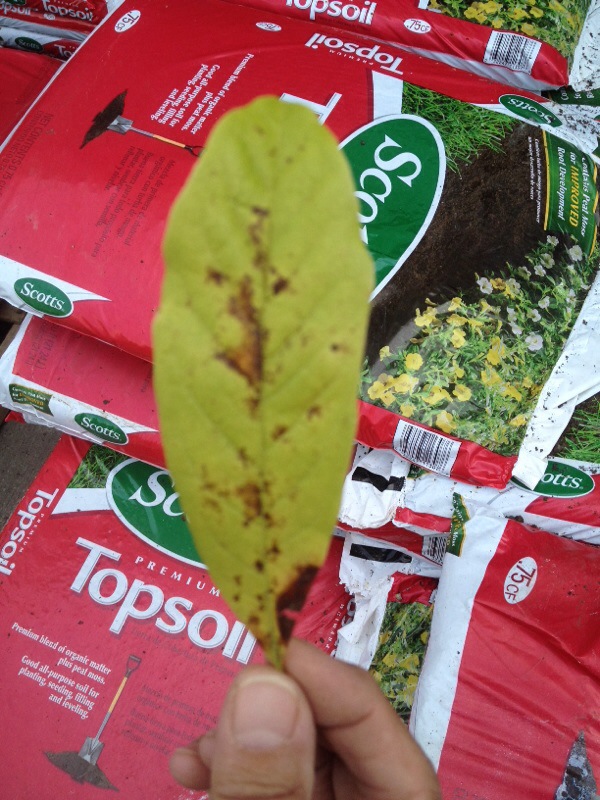
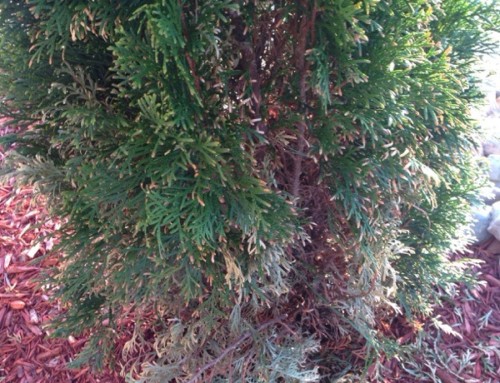
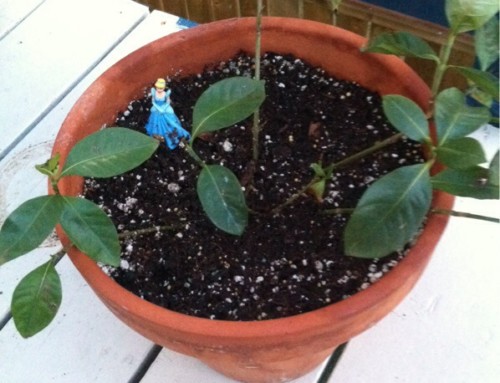
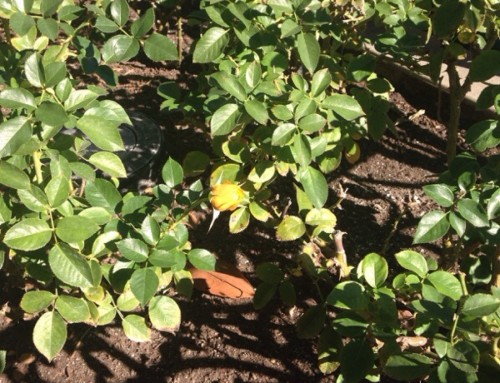
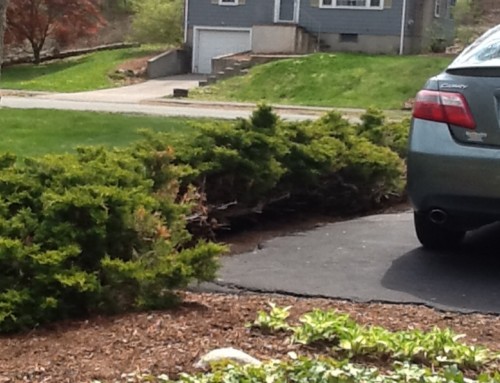
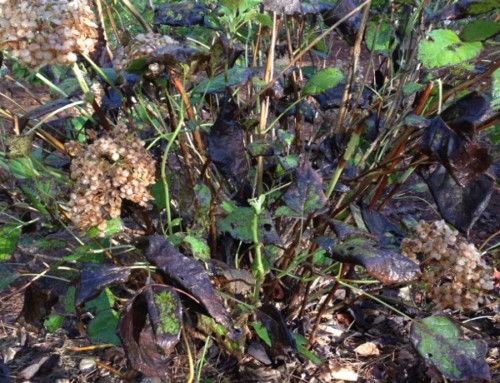
Leave A Comment